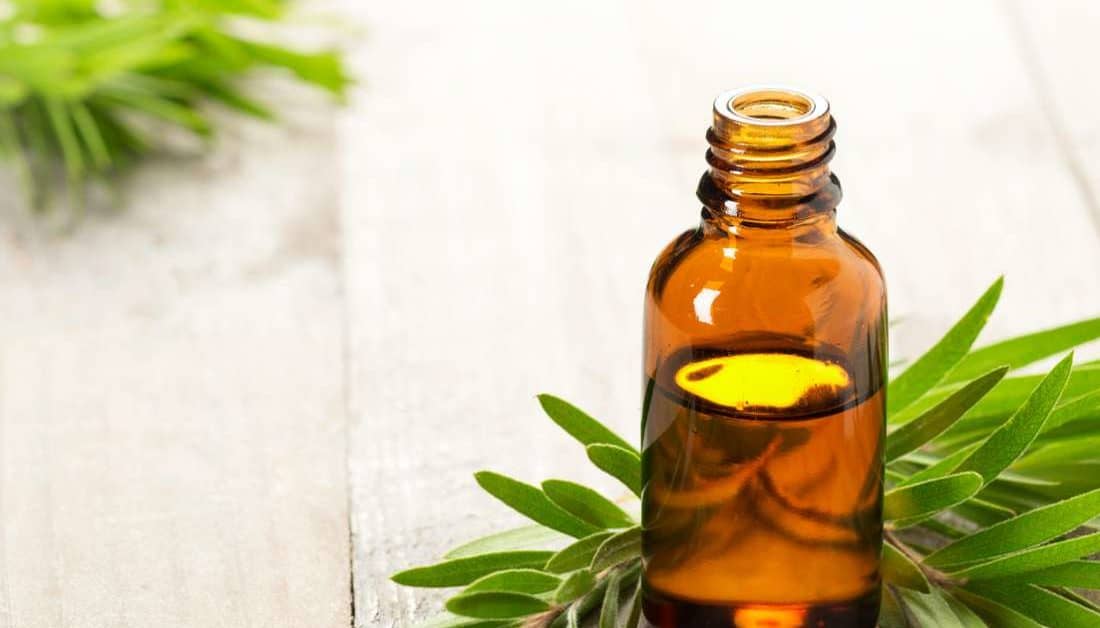
Athlete's foot: Home remedies, treatment, and causes – Medical News Today
We include products we think are useful for our readers. If you buy through links on this page, we may earn a small commission. Here’s our process.
Medical News Today only shows you brands and products that we stand behind.
Athlete’s foot is a fungal infection that affects the feet. Medical treatments are available, but self-care and home remedies may also help. These include tea tree oil, garlic, baking soda, and more.
Home remedies can be quite effective in treating many cases of athlete’s foot. Some of these remedies may be readily available at home, while others are available in health food stores.
Find out which home remedies may be worth a try, and when it may be time to call the doctor.
Many natural or home remedies can be helpful in killing the fungus that causes athlete’s foot.
Tea tree oil comes from the leaves of the tea tree, commonly found in Australia. It is known to have antibacterial and antifungal properties.
The tea tree oil also cured the infection in 64 percent of the people who used it, while just 31 percent of those who used a placebo were cured.
People should take care when using tea tree oil because it can be irritating to the skin. Some people may need to stop using the oil because of rashes and irritation.
To use tea tree oil, people should place a few drops into a carrier oil, such as coconut or olive oil, and rub it on their feet. Alternatively, tea tree oil creams and salves may be available at health food stores.
People should not use undiluted tea tree oil on their skin.
Garlic has a long history of medicinal use, and several studies have found garlic to be effective against some fungi and bacteria.
A review in the
A garlic foot soak using fresh garlic cloves is one way for people to try this remedy at home.
Crush three to four garlic cloves and stir them into a basin of warm water. Soak feet for 30 minutes, twice a day for up to a week.
The powerful compounds in garlic can leave a lasting garlic smell on the skin, however.
Peroxide and iodine are commonly used to disinfect cuts and wounds and to kill germs on the skin.
A
To try this remedy, mix iodine solution and hydrogen peroxide in a bucket or large bowl. Iodine solution is available at most drugstores in the wound care section. Dip the feet directly in the solution or use a cotton pad to apply it to the affected areas.
Do not use iodine on the skin without diluting it because it can damage the skin if used by itself.
Peroxide may sting if the skin is broken or irritated, and it can bleach hair and fabrics. Iodine may also cause stains.
Applying this mixture in a bathtub or shower may prevent unwanted stains, bleaching, and spills.
If fungi do not have an ideal environment to live in, they cannot continue to grow and thrive. Getting rid of moisture from the feet, especially between the toes, can help keep the fungus from spreading and getting worse.
People can remove moisture from their feet by thoroughly drying them with a hair dryer after bathing, making sure that no moisture remains but being careful not to burn the skin. People with loss of sensation or feeling in the feet should not use this method.
When the feet are dry, follow up by sprinkling them with talcum powder to help absorb sweat. Many foot powders contain talc and help keep the feet dry.
In addition to these steps, wearing socks that absorbs moisture away from the skin can help keep the feet dry. The following types of socks can help keep feet dry throughout the day:
Changing socks at least once a day when feet feel sweaty or damp is also helpful. Or, in warmer weather, wear open shoes or sandals to increase airflow to the feet.
Baking soda is an item most people have readily available. It may also be an effective way to cure athlete’s foot.
A study in Mycopathologia found that sodium bicarbonate, also known as baking soda, does have antifungal abilities when used on the skin.
To make a foot soak, mix about a half cup of baking soda in a large bucket or basin of warm water. Soak feet for 15 to 20 minutes, twice a day. When done, dry the feet thoroughly but do not rinse.
If home remedies do not work or the problem has been going on for more than 2 weeks, a doctor or podiatrist may need to help.
A doctor may prescribe antifungal creams or medicines if the infection does not respond to at-home treatments.
It is important for people to treat a persistent case of athlete’s foot because the fungus can spread to the nails, other body parts, and other people.
Athlete’s foot spreads when a person comes into contact with certain fungi. It can spread from person to person and thrives in damp, warm areas.
Common places for athlete’s foot fungus to live are pool areas, public bathrooms, and locker rooms.
The fungi that cause athlete’s foot commonly attack feet because:
The term “athlete’s foot” comes from the belief that many athletic locker rooms and athletic equipment are hot, moist environments where the fungi can spread.
Anyone can get athlete’s foot, however, regardless of their activity level.
There are ways to protect the feet from fungi and avoid getting athlete’s foot. It is also good to practice these tips to avoid getting a repeat infection or spreading it to others.
To keep feet fungus-free, people should follow these guidelines:
Those with certain health conditions, such as diabetes, should skip the home remedies and call a doctor right away if they notice problems with their feet. Even minor cracks and wounds on the feet can quickly become infected in some people with diabetes.
Athlete’s foot can certainly put a damper on plans to go barefoot at the beach. Fortunately, this common problem can usually be cured without complications.
If home remedies do not work, drugstore antifungal creams may be an option.
If the problem spreads, get worse, or does not respond to these home remedies, people should seek the advice of a doctor or podiatrist. Prescription products are usually very effective when used as prescribed.
If you want to buy any of the home remedies listed in this article, then they are available online.
Read this article in Spanish.
Last medically reviewed on January 2, 2020
Share this article
OUR BRANDS

